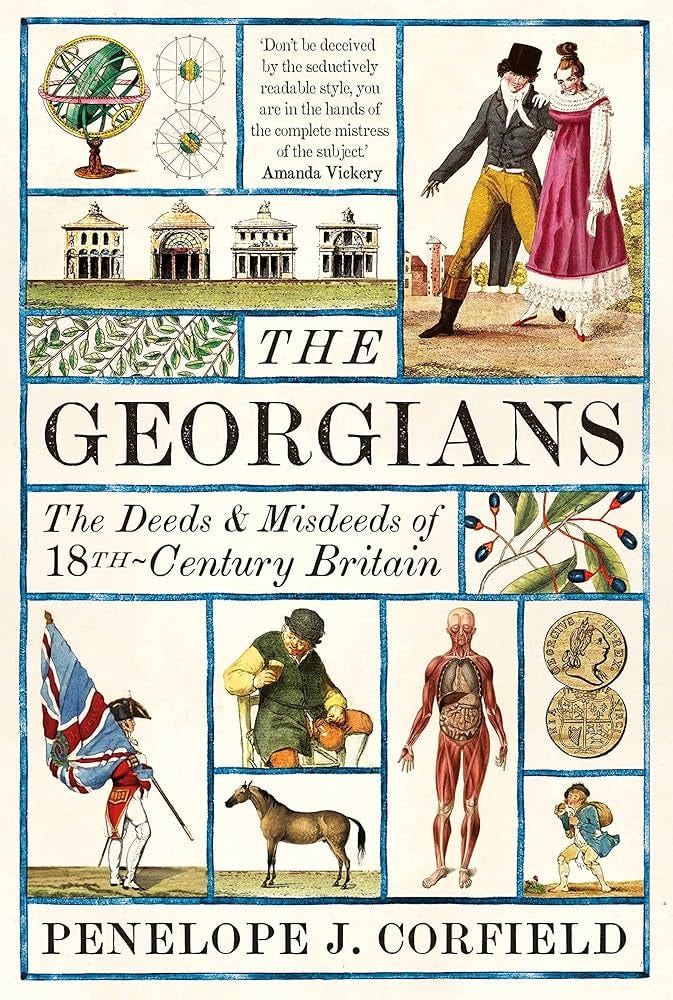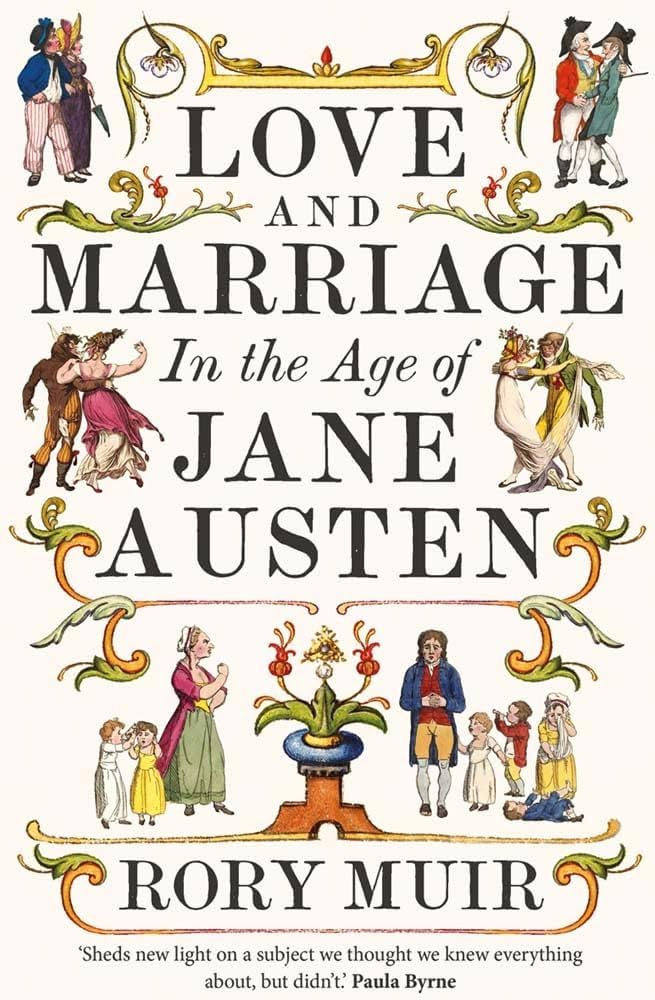The Ton was both feared and revered, a tight-knit echelon of British society whose influence was profound. Their social circle was seemingly impenetrable, but a single misstep could lead to social ruin. Who were these elite individuals? What power did they hold, and how did one infiltrate their ranks?
Where the Ton Begun
The Ton refers to the upper echelons of British society, encompassing the rich and titled. Derived from the French phrase ‘bon ton,’ meaning good manners, the term first appeared in 1769, according to the Oxford Dictionary. This emergence was part of a broader cultural shift in the United Kingdom, where the aristocracy and landed elite began to coalesce into a cohesive social unit centered around London rather than remaining as geographically diverse landowners.
The Ton represented a departure from previous terms like ‘landed gentry,’ reflecting a broader economic transformation. While status had once been closely tied to land ownership, aristocrats began diversifying their investments into emerging industries beyond agriculture. As a result, the next generation of wealthy individuals could accumulate significant wealth independently of their ancestral estates.
Another indicator of this cultural shift was the development of a standardized London accent. Members of the Ton increasingly adopted this accent, further distancing themselves from the regional accents of their rural origins and reinforcing their identity as a distinct social elite based in London. Penelope J. Corfield discusses this shift in her book The Georgians: The Deeds & Misdeeds of 18th Century Britain. Notably, in the 1770s, Sir Christopher Sykes of Sledmere sought a tutor for his sons to correct their Yorkshire accents, highlighting the period's emphasis on adopting a London-based ‘upper-class English.’
Thus, the Ton emerged as a culturally cohesive unit thriving in the polluted yet rarified air of London. Its ranks were seemingly closed to outsiders, raising the question: who was allowed in?
To Be One of the Ton
The Ton comprised a few hundred notable families, including both the peerage and the gentry. The peerage consisted of individuals with hereditary titles such as Duke, Marquis, Earl, Viscount, or Baron, ranked in that order of precedence. The gentry, on the other hand, was more fluid and largely consisted of relatives of peers. Due to the strict rule of primogeniture—where the oldest male heir inherited titles and land—many individuals of noble birth did not hold titles themselves.
During the shift from land-based to money-based power, intermarriage between 'old' and 'new' money became increasingly common. Wealth emerged as the primary determinant of power and status, allowing even those without titles—such as a mere mister—to hold significant standing within the Ton. A notable literary example is Mr. Darcy from Pride and Prejudice. Despite lacking a title, he commands considerable respect due to his substantial income and prominent estate.
Penelope J. Corfield estimates that between 1600 and 1800, more than a third of male peers married 'commoners’. This suggests that the social divide between titled peers and commoners was not as rigid as often assumed, though these commoners were typically from wealthy and esteemed families.
The Ton: Fact vs. Fiction (…mostly rhymes)
How does the portrayal of the Ton in romance novels differ from the realities of the time? Well, it largely depends on the author. However, drawing a few sweeping generalizations for the sake of justifying this newsletter, here are some examples of where reality and romance diverge.
The Rare Love Match
In romance novels, marriages outside the leading couple are often depicted as cold, politically motivated unions, with love matches portrayed as naïve fantasies. However, while social politics certainly played a significant role, many marriages among the Ton were based on affection, especially by the Regency period. Rory Muir, in Love and Marriage in the Age of Jane Austen, notes that the Ton had learned from previous generations that purely arranged marriages often led to infidelity and discord. As a result, many couples chose their partners based on personal feelings rather than solely on family arrangements.
The Horror of Marrying a Commoner
Lacking a title was not necessarily an obstacle to marriage, though lacking fortune often was. In many novels, the nouveau riche is depicted as shunned by polite society and seen as unrefined upstarts without proper breeding. This rendered any marriage between a gently raised noble heiress and a commoner a desperate fall from grace. However, evidence suggests that with sufficient wealth, many could gain entry into the Ton and secure advantageous matches. The right financial resources could often overcome social prejudices, allowing wealthy individuals to make their mark within high society… but God forbid you lack both title and fortune.
Everyone Wants a Duke
In romance novels, wealthy heiresses often seek out titled husbands. However, this dynamic sometimes led to genuine conflict within families. Many industrial leaders—bankers, merchants, and financiers—valued hard work and wanted heirs who could continue their business legacies. When their daughters introduced idle aristocratic suitors, these industrialists were frequently unimpressed. Additionally, concerns grew about titled fortune hunters seeking to replenish dwindling family fortunes. A new trend emerged to address these concerns and appease the patriarchs: double-barrelled surnames, which combined noble and commercial legacies.
Greater Minds than Mine
The Georgians, The Deeds & Misdeeds of 18th Century Britain
A comprehensive history of the Georgians, comparing past views of these exciting, turbulent, and controversial times with our attitudes today. The Georgian era is often seen as a time of innovations. But how were these changes perceived by people at the time? And how do their viewpoints compare with attitudes today?
Love and Marriage in the Age of Jane Austen
What happened when Jane Austen’s heroines and heroes were finally wed?
Marriage is at the centre of Jane Austen’s novels. The pursuit of husbands and wives, advantageous matches, and, of course, love itself, motivate her characters and continue to fascinate readers today. But what were love and marriage like in reality for ladies and gentlemen in Regency England?
* Indicates the topic of a future newsletter
Thank you for reading! Romance & Co. celebrates all things Romance. If you are interested in more, please subscribe to the newsletter (if you haven’t already) and check out @romance_and_company on Instagram or www.romanceandcompany.com. Please reach out with any questions or suggestions!








